The Role of IoT in Creating a Smarter, Greener Home
30 April 2025
The world is moving toward sustainability, and our homes are no exception. With climate change knocking at our doors, we all want to reduce our carbon footprint. But here’s the thing—how do we do that while keeping life convenient?
Enter the Internet of Things (IoT). This game-changing technology is transforming our homes into energy-efficient, smart ecosystems. From smart thermostats to intelligent lighting, IoT helps us use resources wisely, cut down on waste, and make our living spaces more eco-friendly. Let’s dive into how IoT is shaping a smarter, greener home.
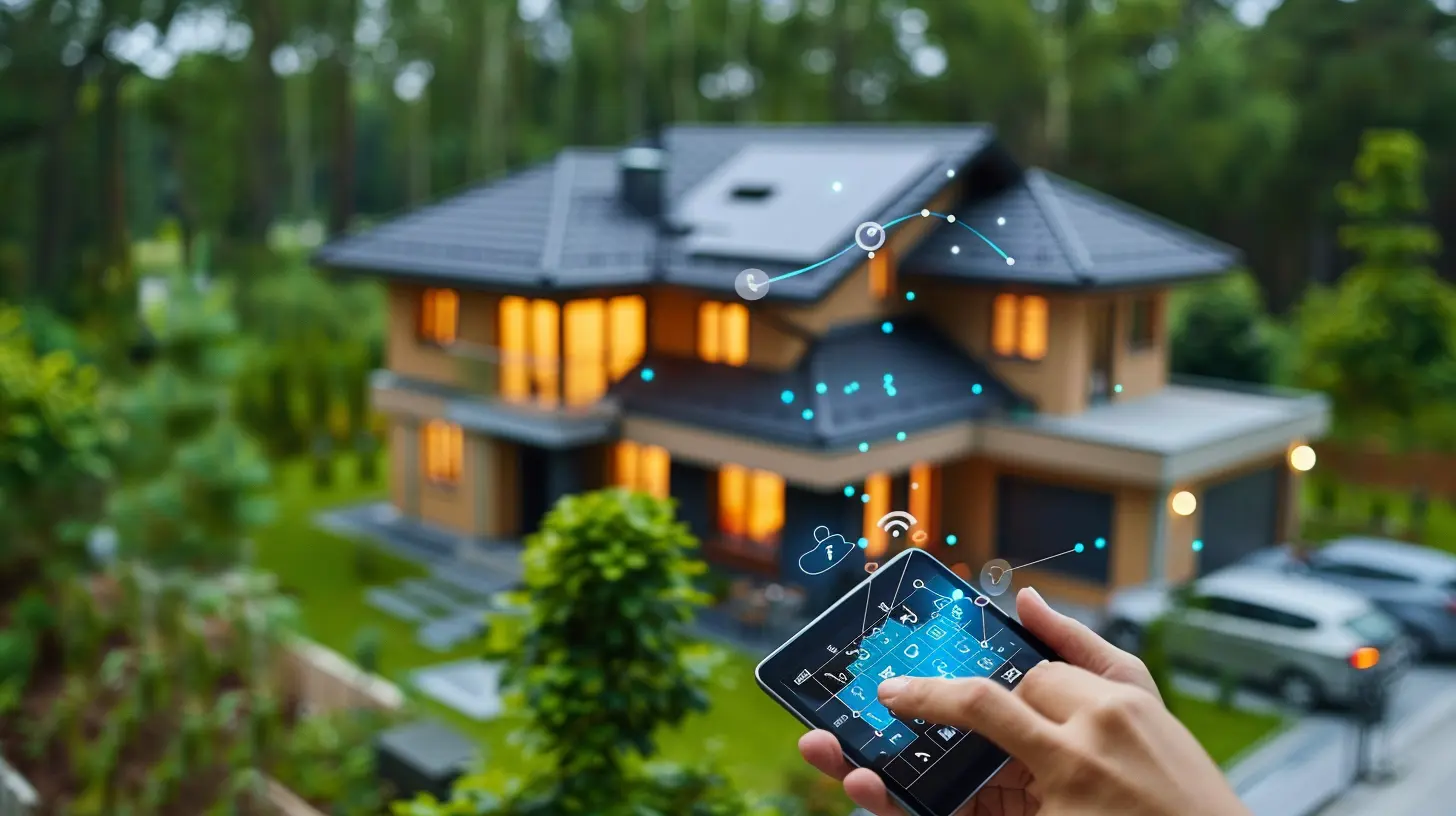
What is IoT, and Why Does it Matter?
IoT refers to a network of interconnected devices that communicate and automate tasks without human intervention. Think of it as a digital assistant working behind the scenes to optimize your home’s efficiency.Your smart thermostat learns your schedule and adjusts the temperature accordingly. Your connected lighting system dims when no one is in the room. Even your refrigerator can now remind you to buy groceries when you're running low.
But why does this matter? Because IoT isn't just about convenience—it’s about sustainability. By automating resource usage, IoT helps reduce energy consumption, lower utility bills, and contribute to a greener planet.
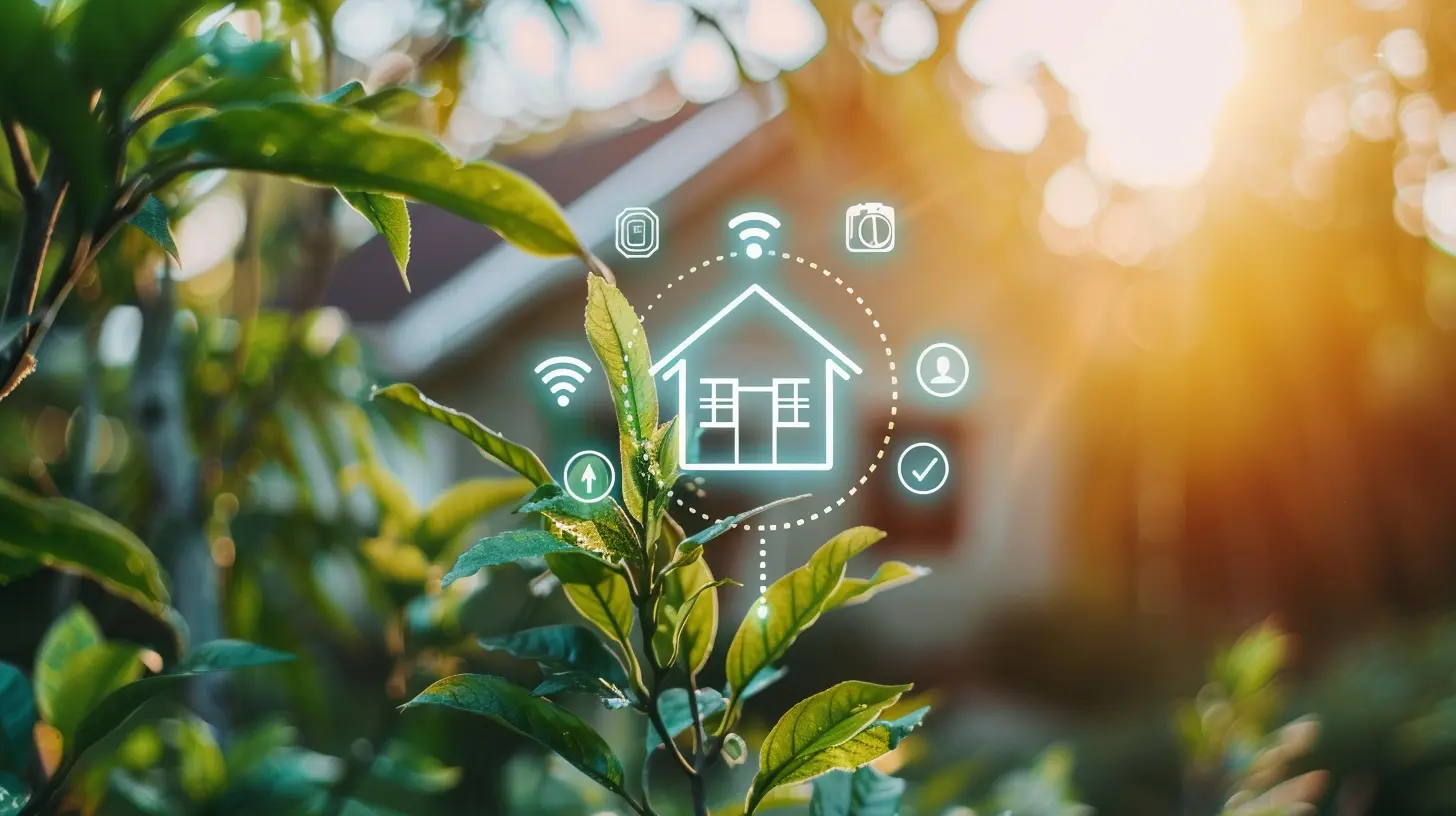
How IoT is Making Homes Smarter
1. Smart Energy Management
One of the biggest perks of IoT is that it makes energy management effortless. Smart thermostats, such as the Nest Learning Thermostat and Ecobee, adjust heating and cooling based on your behavior. They learn when you're home, when you’re away, and optimize energy usage accordingly.Meanwhile, smart plugs and power strips turn off idle electronics, preventing "phantom energy" drain. That means no more wasted power from devices left on standby!
2. Efficient Lighting Systems
Did you know lighting accounts for about 15% of household electricity usage? IoT-powered lighting systems, like Philips Hue and LIFX, help curb that waste.These smart bulbs can be scheduled to turn on and off based on your daily routine. Some even have motion sensors that detect when a room is empty and switch off automatically. The result? Lower electricity bills and a more sustainable home.
3. Water Conservation Through Smart Technology
Water shortages are becoming a global crisis, but IoT is offering a solution. Smart irrigation systems like Rachio and Orbit B-hyve optimize water use in gardens, adjusting watering schedules based on weather patterns.Inside the house, smart faucets and leak detectors monitor water flow, detect leaks, and shut off water automatically to prevent waste. That means fewer surprise leaks and a significant reduction in water bills.
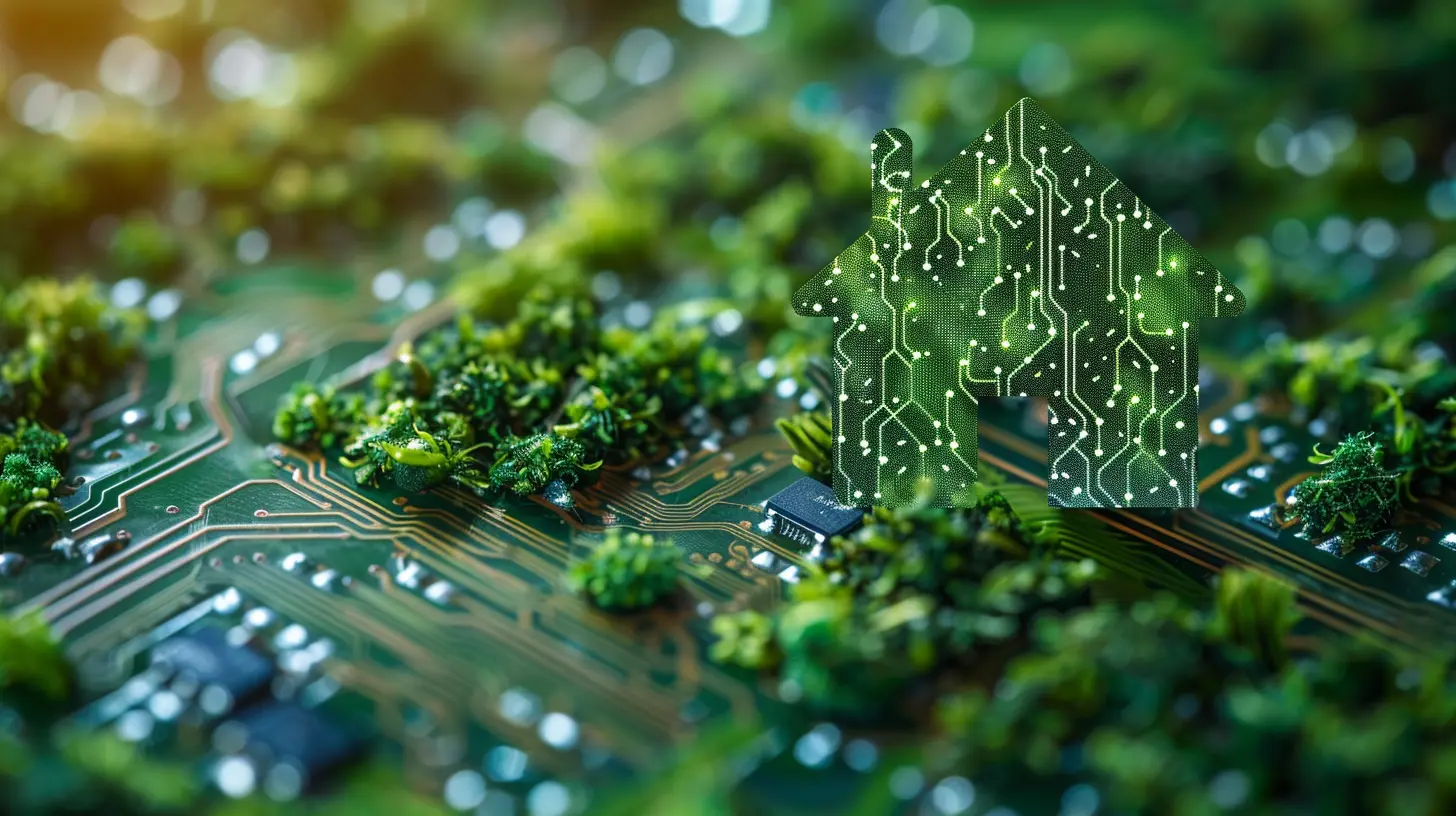
How IoT is Making Homes Greener
1. Reducing Carbon Footprint
Traditional homes waste a lot of resources. Whether it's an air conditioner running when no one’s home or lights left on overnight, small inefficiencies pile up. IoT devices eliminate this waste by automating energy use and ensuring resources are consumed only when needed.For example, smart home hubs integrate multiple devices, allowing for centralized control. With a single tap on your smartphone, you can turn off all appliances, lights, and even lower the thermostat when you're not home.
2. Sustainable Smart Appliances
Modern appliances are becoming smarter and greener. Take smart refrigerators, for instance. These high-tech appliances monitor food freshness, suggest recipes to minimize food waste, and even adjust cooling levels based on usage patterns.Similarly, smart washing machines optimize water and detergent usage, ensuring efficiency without compromising cleanliness. The result? Less waste, lower bills, and a more sustainable lifestyle.
3. Eco-Friendly Home Security Systems
Security is a top concern, but traditional security systems can be wasteful. IoT-powered security cameras and sensors are energy-efficient, activating only when motion is detected.Smart doorbells, such as Ring and Nest Hello, allow remote monitoring, reducing the need for unnecessary energy-consuming security lights. Plus, these systems integrate with smart locks, removing the carbon footprint linked to key duplication and physical security measures.
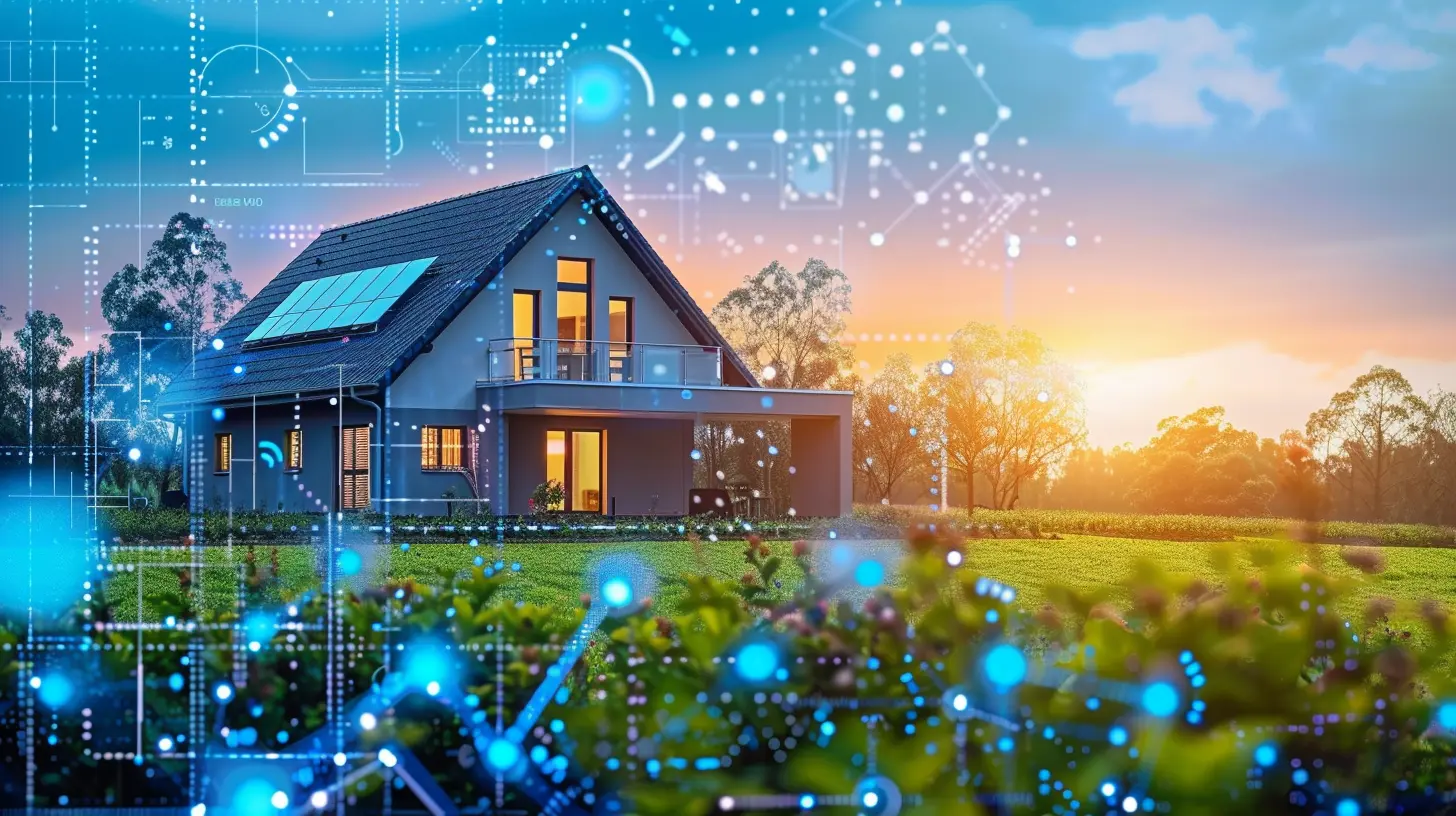
Overcoming Challenges: Is IoT Really Green?
While IoT has undeniable benefits, it’s not without challenges. Here are some concerns:- E-Waste Generation: As more devices become "smart," older models become obsolete, leading to electronic waste. Responsible disposal and recycling of outdated devices are crucial for sustainability.
- Energy Use of IoT Networks: Despite reducing household energy consumption, IoT devices themselves require power to run. However, advancements in low-power IoT chips are addressing this issue.
- Data Privacy and Security Risks: A connected home is convenient, but it’s also vulnerable to cyber threats. Ensuring strong security measures, such as encrypted connections and updated firmware, is essential.
The Future of IoT in Sustainable Living
IoT is constantly evolving, and its potential to create eco-friendly homes is just getting started. The integration of artificial intelligence (AI) with IoT will take automation to the next level, making devices even smarter at conserving energy.Additionally, blockchain technology may improve IoT security and optimize energy distribution in smart grids. Imagine a future where homes generate their own renewable energy and automatically distribute excess power to the community. Sounds like sci-fi? It’s closer than you think.
Final Thoughts
IoT is revolutionizing the way we live, making our homes not only smarter but also greener. From conserving water to optimizing energy use, these intelligent systems are paving the way for a more sustainable future.But, as with any technology, responsible usage is key. As we embrace smart home advancements, we need to ensure they are implemented with sustainability in mind. That way, we can enjoy the best of both worlds—convenience and eco-friendliness—without tipping the scales in the wrong direction.
all images in this post were generated using AI tools
Category:
Smart HomeAuthor:

John Peterson
Discussion
rate this article
8 comments
Leo McBride
Imagine your fridge telling the toaster to chill while the plants gossip about Wi-Fi! IoT: where tech meets green living in a quirky dance!
May 14, 2025 at 2:53 AM

John Peterson
Thanks for the fun imagery! IoT truly brings a playful yet practical dimension to eco-friendly living.
Kaleb McTavish
Great insights! IoT truly enhances sustainable living.
May 11, 2025 at 11:00 AM

John Peterson
Thank you! I'm glad you found the insights valuable. IoT is indeed pivotal for promoting sustainable living.
Regina Stewart
IoT isn't just a trend; it's a necessity. Embracing these technologies means transforming our homes into efficient ecosystems. Let’s stop merely discussing the potential and start implementing real solutions for a sustainable future. The time for action is now!
May 11, 2025 at 3:15 AM

John Peterson
Absolutely! Implementing IoT technologies is crucial for creating efficient and sustainable homes. Let’s turn discussions into actionable solutions for a greener future!
Blake Fletcher
This article beautifully captures the transformative potential of IoT in enhancing our homes while promoting sustainability. Embracing smart technology can lead to significant energy savings and a reduced carbon footprint. Let's harness these innovations to create not just smarter spaces, but also a brighter, greener future for all!
May 10, 2025 at 8:17 PM

John Peterson
Thank you for your insightful comment! I completely agree that IoT is key to making our homes smarter and more sustainable. Together, we can drive positive change for a greener future!
Morgan Barron
This article beautifully highlights how IoT can transform our homes into eco-friendly havens, combining technology and sustainability for a brighter future.
May 9, 2025 at 11:46 AM

John Peterson
Thank you! I'm glad you found the article inspiring and insightful about the potential of IoT in promoting sustainability in our homes.
Sandra McInerney
IoT empowers smart homes by enhancing energy efficiency, optimizing resource usage, and enabling seamless control, contributing to sustainability and convenience.
May 5, 2025 at 4:39 AM

John Peterson
Thank you for highlighting the critical impact of IoT on energy efficiency and sustainability in smart homes! Your insights perfectly capture the essence of our article.
Thornewood Riley
IoT is revolutionizing home efficiency by optimizing energy use and automating systems. Embracing this technology can lead to significant environmental benefits and cost savings.
May 3, 2025 at 8:03 PM

John Peterson
Thank you for your insight! Indeed, IoT is key to enhancing home efficiency and sustainability.
Ulrich Reilly
This article beautifully highlights how IoT technology can transform our homes into greener, smarter spaces. It's inspiring to see innovation driving sustainability—truly the future we need. Thank you!
May 1, 2025 at 4:18 AM

John Peterson
Thank you for your thoughtful feedback! I'm glad you found it inspiring. Together, we can embrace innovation for a sustainable future.
MORE POSTS
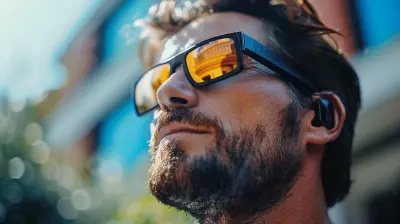
The Impact of Wearable Tech on Personal Security and Privacy
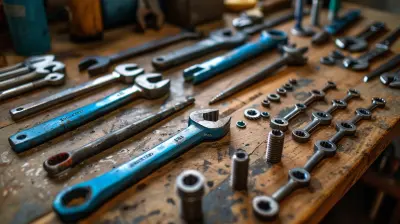
Must-Have Tools for Building Progressive Web Apps
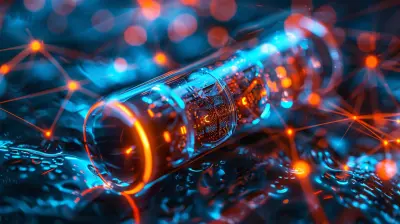
How Nanotechnology is Shaping the Future of Batteries
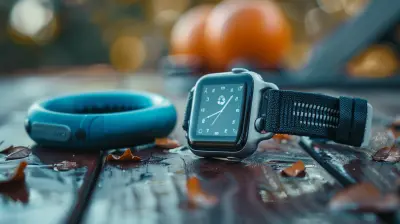
Smart Fitness Equipment: Which Gadgets Will Help You Meet Your Goals?
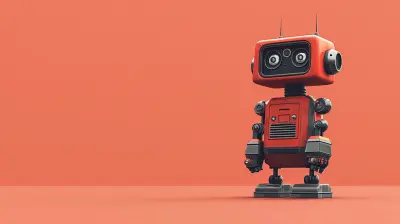
How to Identify the Best Processes for Robotic Process Automation
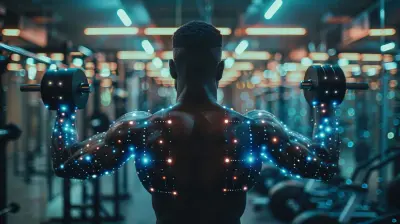
Can Smart Clothing Really Replace Your Gym Equipment?